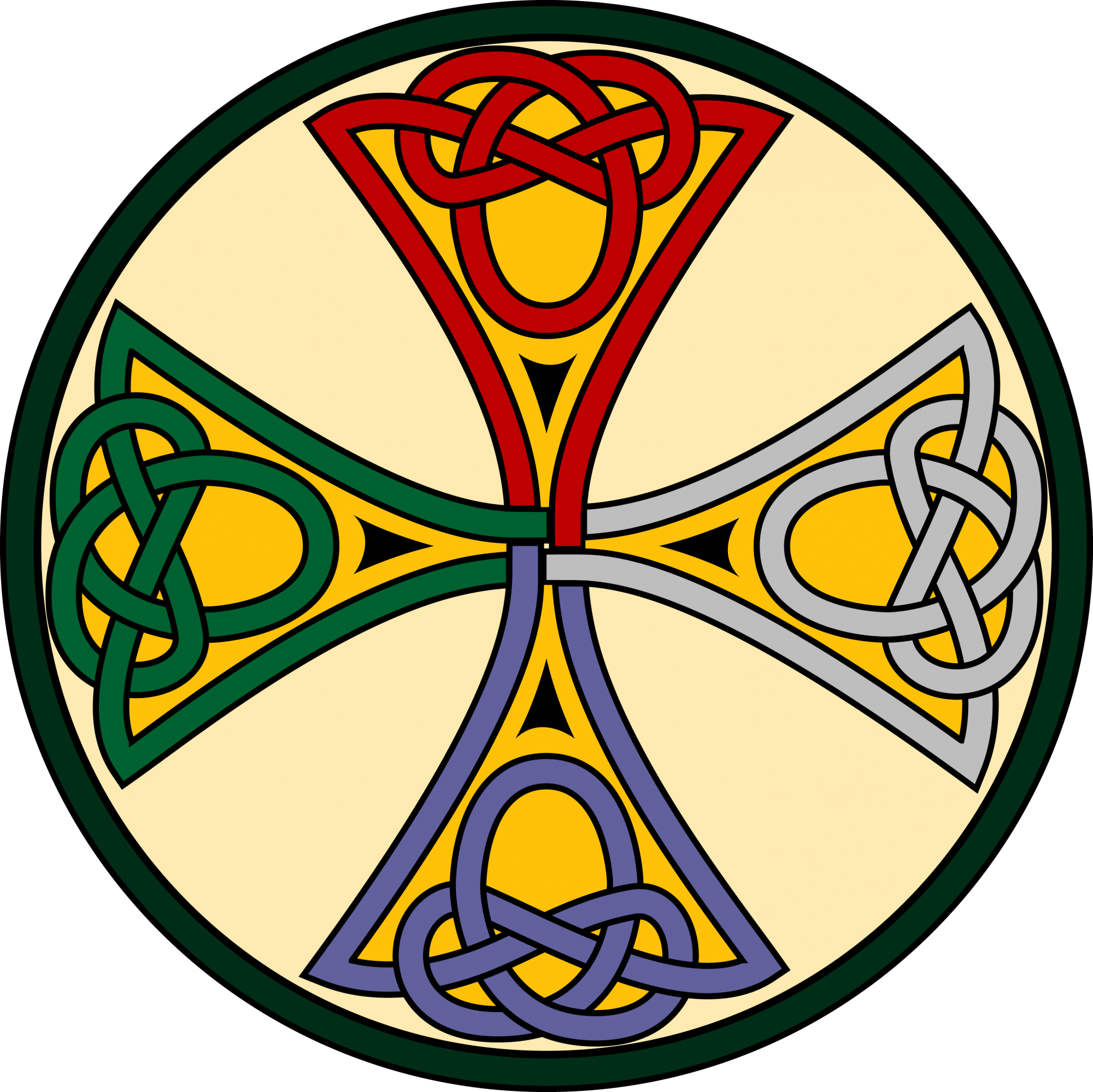From time to time I’ll be compiling lists of foods for various health concerns and posting them. I hope you find them interesting but do remember that you should never radically alter your diet without first discussing your current health with your MD or acupuncturist, or both!
The Anti-Flu Diet
Looking for ways to reduce your chance of getting flu this season? A study, published by The American Physiological Society found that mice were significantly less likely to contract flu when given quercetin, a powerful antioxidant found in a variety of fruits and vegetables. According to the study’s authors, the research also indicated that high consumption of quercetin resulted in catching fewer colds.
So, what are the best quercetin rich foods that you can load up on? Quercetin is found in red onions, grapes, blueberries, tea, broccoli and red wine. Red onions are one of the best quercetin rich foods as they have approximately four times the quercetin of most other produce. Eat them raw or cooked.
Foods for Fertility
Black Beans: According to Oriental medicine, the energy of the Kidney system is important for reproduction and fertility enhancement often starts with the Kidneys. A good example of a food that nourishes the Kidneys and promotes fertility is black beans.
From an Eastern perspective, black beans are warming in nature. They are thought to tonify the Kidney Qi and nourish Yin and Blood. From a Western perspective, black beans are an excellent source of protein, folate, iron and fiber and are rich in antioxidants. Research published in the November 2003 issue of Journal of Agriculture and Food Chemistry indicates that black beans are as rich in antioxidant compounds called anthocyanins as grapes and cranberries, fruits long considered antioxidant superstars.
When researchers analyzed different types of beans, they found that, the darker the bean’s seed coat, the higher its level of antioxidant activity. Gram for gram, black beans were found to have the most antioxidant activity, followed in descending order by red, brown, yellow, and white beans.
Overall, the level of antioxidants found in black beans in this study is approximately 10 times that found in an equivalent amount of oranges, and comparable to that found in an equivalent amount of grapes or cranberries.
Foods for Seasonal Allergies
Ginger: Ginger is a natural antihistamine and decongestant. It may provide some relief from IUergy symptoms by dilating constricted bronchial tubes.
Apples: Some foods, including apples, contain the f1avanoid, quercetin that can cross-react with tree pollen. Quercetin can reduce allergic reactions by having an antihistamine effect. It also decreases inflammation. Quercetin occurs naturally in certain foods, such as apples (with the skin on), berries, red grapes, red onions, capers, and black tea.
Carrots: Carotenoids are a family of plant pigments that include beta carotene. A lack of carotenoids in the diet is thought to promote inflammation in your airways. Good Sources of carotenoids include apricots, carrots, pumpkin, sweet potato, spinach, kale, butternut squash, and collard greens.
Omega·3: Omega-3 essential fatty acids can counter the formation of chemicals that cause inflammation of the air passages. Good natural sources include flaxseed oil and salmon.
Yogurt: Food sensitivities seem to be connected with seasonal allergies. In a study conducted at the University of California, patients who were fed 18 to 24 ounces of yogurt a day experienced a decline in their environmental allergic symptoms by 90 percent.
Fiber: A healthy and active colon can decrease food sensitivity, which, in turn, can lighten the burden on your immune system and may reduce the impact of seasonal allergies. For maximum colon health, increase the fiber in your diet.
Cancer Fighting Veggies
Widely considered to be one of the healthier food choices are the cruciferous vegetables. Included in this family of vegetables are broccoli, cauliflower, radishes, Brussels sprouts, kale, cabbage, and bok choy. Cruciferous vegetables are high in vitamins, fiber, and potent anticancer phytochemicals.
According to the American Institute for Cancer, there is solid evidence that links cruciferous vegetables and protection against cancer. Studies have shown that this vegetable group has the ability to stop the growth of cancer cells for tumors in the breast, uterine lining, lung, colon, liver and cervix. And studies that track the diets of people over time have found that diets high in cruciferous vegetables are linked to lower rates of prostate cancer.
It is recommended that we eat 3-5 servings of cruciferous vegetables per week. It’s best to eat these veggies raw or only lightly steamed so they retain their cancer fighting phytochemicals.
Cruciferous Vegetables
- Beet greens
- Bok choy
- Broccoli
- Brussels sprouts
- Cabbage
- Cauliflower
- Chinese cabbage
- Collard greens
- Daikon
- Horseradish
- Kale
- Kohlrabi
- Mustard greens
- Radishes
- Rutabaga
- Swiss chard
- Turnips
- Watercress
